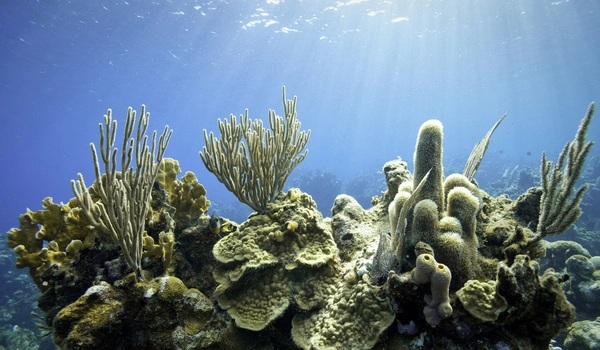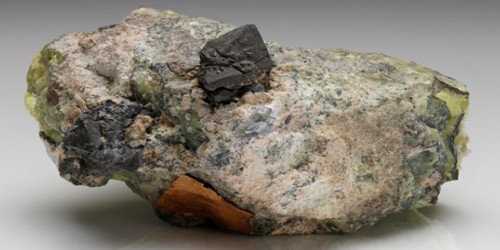While snorkeling or swimming on vacation, the sunscreen that protects your skin may also endanger the vibrant coral reef and marine life beneath you. Learn how to protect the marine destinations you visit without jeopardizing your own health. For decades, we’ve been told that using sunscreen to protect ourselves from the sun’s harmful UV rays is essential. As a result, it should come as no surprise that the annual global sun care market is expected to reach nearly $25 billion by 2024, representing a 68% increase over 2015.
One common chemical in sunscreen has the potential to devastate coral reefs. Scientists now understand why. Sea anemones and mushroom coral, which are related to corals, can convert oxybenzone, a chemical that protects people from ultraviolet light, into a deadly toxin that is activated by light. The good news is that algae living alongside the creatures can absorb the toxin and mitigate its effects, according to a study published in Science.
But that also means that bleached coral reefs lacking algae may be more vulnerable to death. Heat-stressed corals and anemones can eject helpful algae that provide oxygen and remove waste products, which turns reefs white. Such bleaching is becoming more common as a result of climate change.
Sea anemones and mushroom coral, which are related to corals, can convert oxybenzone, a chemical that protects people from ultraviolet light, into a deadly toxin that is activated by light. The good news is that algae living alongside the creatures can absorb the toxin and mitigate its effects.
According to Craig Downs, the findings suggest that sunscreen pollution and climate change may pose a greater threat to coral reefs and other marine habitats when combined. He works as a forensic ecotoxicologist for the non-profit Haereticus Environmental Laboratory in Amherst, Virginia, and was not involved in the study.
Previous research indicated that oxybenzone could kill young corals or prevent adult corals from recovering from tissue damage. As a result, oxybenzone-containing sunscreens have been banned in some places, including Hawaii and Thailand.

Djordje Vuckovic of Stanford University and colleagues discovered that glass anemones (Exaiptasia pallida) exposed to oxybenzone and UV light add sugars to the chemical. While such sugary additives would normally aid organisms in detoxifying chemicals and eliminating them from the body, the oxybenzone-sugar compound instead becomes a toxin that is activated by light.
The team demonstrated that anemones exposed to either simulated sunlight or oxybenzone alone survived the duration of the experiment, or 21 days. However, all anemones exposed to simulated sunlight while submerged in chemical-containing water died within 17 days.
The anemones’ algal friends absorbed much of the oxybenzone and the toxin that the animals were exposed to in the lab. Anemones lacking algae died days sooner than anemones with algae. In similar experiments, algae living inside mushroom coral (Discosoma sp.) also soaked up the toxin, a sign that algal relationships are a safeguard against its harmful effects. The coral’s algae seem to be particularly protective: Over eight days, no mushroom corals died after being exposed to oxybenzone and simulated sunlight.
It’s still unclear what amount of oxybenzone might be toxic to coral reefs in the wild. Another lingering question, Downs says, is whether other sunscreen components that are similar in structure to oxybenzone might have the same effects. Pinning that down could help researchers make better, reef-safe sunscreens.
















